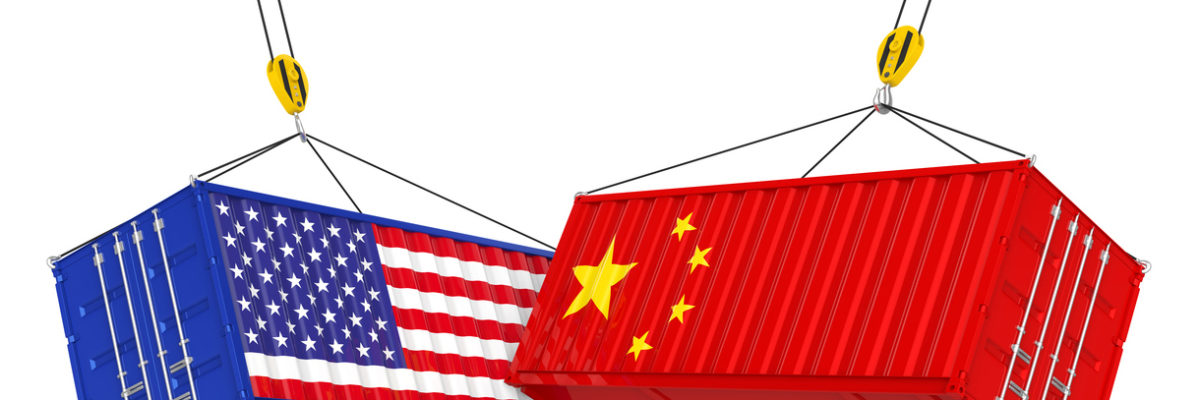
On Friday, June 15th, the United States Trade Representative announced that the U.S. was moving ahead with imposing a 25% duty on list of a little over 800 different harmonized tariff items from China.
Customs and Border Protection will begin collecting these duties for goods entered or withdrawn beginning July 6, 2018.
Following a comment and petition process, the United States removed approximately 500 numbers from that list. However, in conjunction with their Friday announcement, they announced their intent to add an additional 300 HTS numbers which will require a repeat of the comment and review period.
Both lists are published on the website of the USTR. The list which takes effect on July 6th is here, while the list which is up for further consideration is here.
Taken together, these two lists represent approximately $50 billion in imported goods. We strongly suggest that importers review the list and compare it against entries which have been filed and orders that may be pending for new products to see if the merchandise they have imported in the past or plan to import in the future will fall under one of these HTS numbers.
Note that CBP cannot go back and collect duty retroactively, but future importations, until otherwise noted, will be subject to the additional duties.
The reason cited by the USTR is that the results of an investigation into unfair trade practices by the China and the theft of American intellectual property (IP).
Added to the steel and aluminum duties, Everglory strongly encourages importers to work with their Customs brokers as we are working with our clients to ensure that their supply chains are accurately declaring the additional duties, where required, and are not subject to action for willful evasion later down the line.
For our export customers, China’s Ministry of Commerce have announced their intention to apply an equal amount of reciprocal duties on US exports. Working closely with our partners in China, we are monitoring for the products that the government plans to select for retaliation.
As a company engaged in the business of global trade, we are aware the impact trade barriers creates on the marketplace. These barriers affect capacity by air and sea between trading partners and regions, so we are also monitoring carrier activity to ensure a continued, reliable supply of capacity to move goods into and out of the US and China markets.







